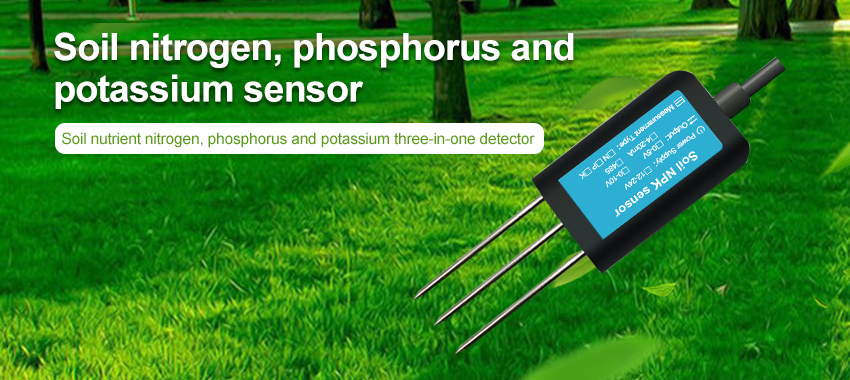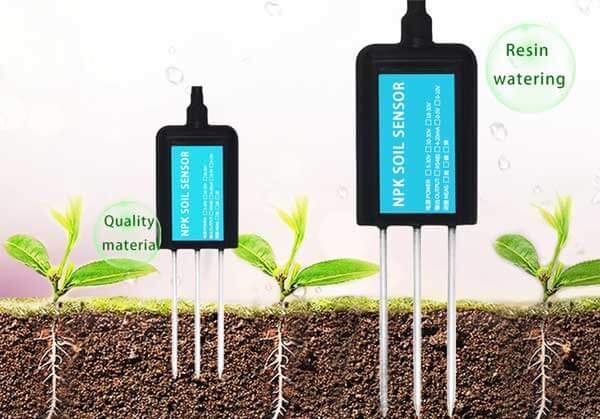Soil Fertility Sensor
The use of soil fertility sensor is one such technology increasingly getting popular in precision agriculture. These soil sensors help farmers reduce fertilizer application and ultimately increase yield. In this article, we will discuss how soil fertility sensors work, their benefits, and tips for using them.

How do Soil Fertility Sensors Work?
Soil fertility sensors are electronic, wireless devices that provide real-time soil fertility data. They rely on ion-selective electrodes or capacitance to measure soil nutrients. An ion-selective electrode detects the electrical potential difference between positively charged ions in soil nutrients and negatively charged reference ions in the sensor. Changes in these potentials indicate the concentration of certain nutrients in the soil.

On the other hand, capacitance sensors detect soil moisture as well as soil temperature and EC (Electrical Conductivity) within the root zone of crops. Capacitance sensors measure the amount of energy required for current to flow within an electrical field between two electrodes buried in the soil. More moisture leads to more electrical conductance, while soil compaction causes more resistance, leading to less conductance.
Once the sensor collects data, it transmits the information wirelessly to a central database and communicates with software for analysis.
Benefits of Using Soil Fertility Sensors
- Reduced Input Costs – Soil fertility sensors accurately measure soil nutrient levels and allow for targeted fertilization. This way, farmers only apply necessary amounts of fertilizers, reducing input costs significantly.
- Improved Yield – By continuously monitoring soil fertility levels, farmers can adjust fertilizer applications according to crop needs. This ensures optimal plant growth and increased yield.
- Increased Efficiency – Traditional methods of soil fertility measurement involve collecting and analyzing soil samples in a lab, which is time-consuming and may not capture changes in nutrient availability over time. Soil fertility sensors take real-time measurements, allowing farmers to act quickly and make informed decisions.
- Environmentally-Friendly – By reducing fertilizer usage, soil fertility sensors help reduce soil and water pollution resulting from over-application of fertilizers.
Tips for Using Soil Fertility Sensors
- Placement – It’s essential to strategically place the sensors across the field for an accurate representation of soil fertility levels. Place the sensors where crops are most likely to grow, based on previous yield maps.
- Calibration – Regular calibration of the sensors is crucial to ensure accurate measurements. Follow manufacturer instructions before installation and use to calibrate properly and regularly.
- Maintenance – Make sure the sensors stay clean and free from debris and damage. Regular maintenance helps increase their lifespan.
- Compatibility – Ensure compatibility between sensors and data management software to avoid any data-related issues.
Soil Fertility Sensors Video
Conclusion
Soil fertility sensors play a crucial role in precision agriculture by accurately measuring soil nutrient levels. Aside from reducing input costs and increasing yield, these sensors also provide real-time information, enhancing efficiency, and making environmentally-friendly farming possible. Farmers need to ensure proper placement, calibration, maintenance, and compatibility to maximize their benefits. Integrating soil fertility sensors into precision agriculture practices can significantly improve crop growth while minimizing environmental impact.